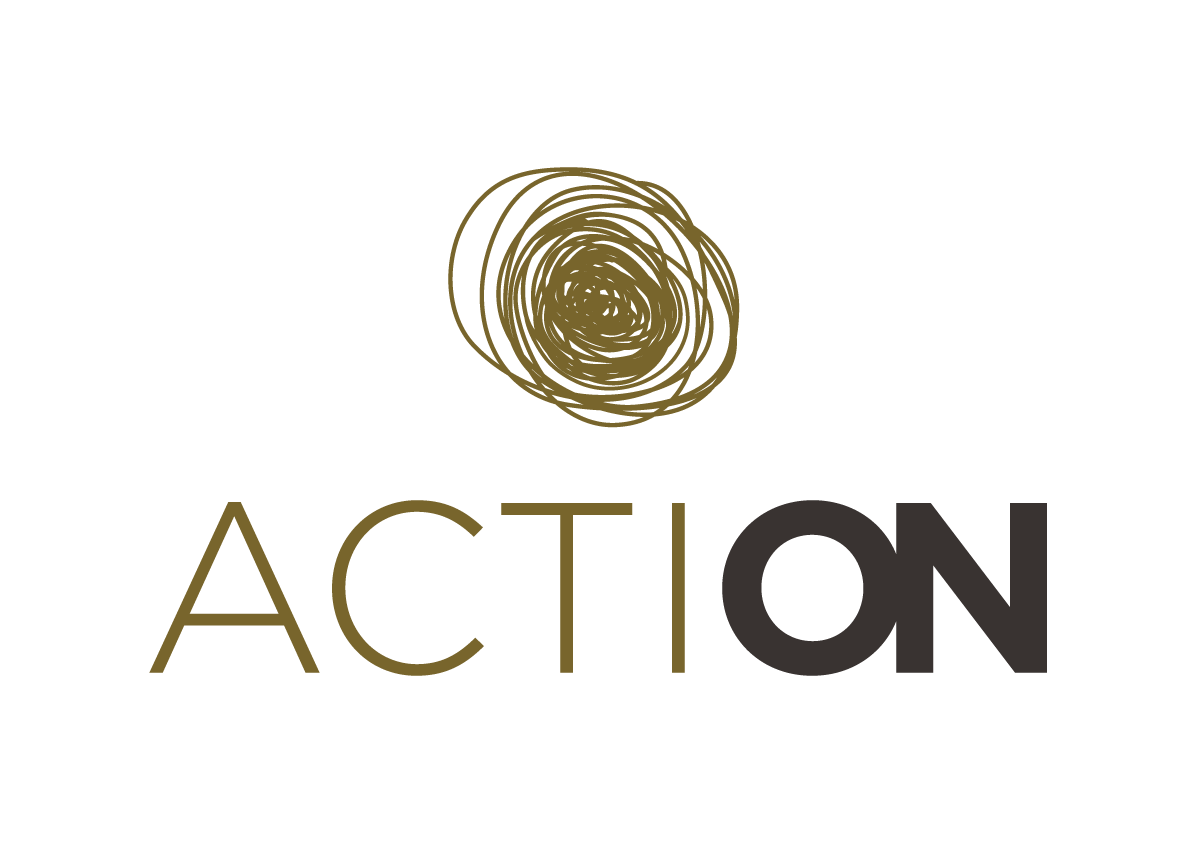LOSS OF THE NIGHT
ALL PILOTS
E-mail
kyba@gfz-potsdam.de
Location
Worldwide
Type/s of pollution
Light pollution
Sustainable Development Goals addressed?
![]()
![]()
![]()
![]()
Number of citizens scientists involved
Loss of the Night can count on a large and international community. Indeed, the App has been downloaded by more than 50,000+ considering only the Android users.
Is the pilot looking for participants?
What is this project about?
The Loss of the Night App invites citizen scientists worldwide to take part in a research project that measures light pollution by using the human visual system as a light meter. Specifically, participants are asked to look for specific stars, and report if they can see them from their location. The observations are sent anonymously to the Globe at Night project (www.globeatnight.org) where they are archived. Participants can also view the data at http://www.myskyatnight.com.
The research is timely as illumination of the night sky continues to increase annually. In addition to outshining the stars, light pollution is a signal of energy waste, and it disturbs sensitive nocturnal species. Scientists are concerned that light pollution might have a big impact on nocturnal ecosystems, but they have very little information on how skyglow is changing especially considering the recent transition to LED lighting. This cannot be achieved with current satellites, and in general is difficult to do via remote sensing because satellites look at the ground, not towards the sky.
Repetitions increase the accuracy of measurement and, through repeated use, participants tend to learn familiarity with the stars. Measurements can be made wherever the sky is observable, for example in parks or in open spaces.
The best timing is a few hours after sunset before the new moon. In the northern hemisphere summer months of May to July, the nights are too short at high latitudes to make observations. The best locations are inside of cities.
The app can be used from a balcony or garden, but will not work if in too close vicinity to glaring lamps, or in places far from cities with no artificial light. In ideal conditions the number of visible stars is overwhelming, participants are therefore encouraged to take part in a related project, such as Globe at Night.
More information, including details on preliminary results, is available on the project blog.
What is novel and innovative?
This pilot is a long running pilot, indeed it started in 2010 and since then is gathering night light data, moreover, it can count on a worldwide active community constantly enriching the pilot dataset.
Are you interested in taking part?
For getting started download the Loss of the Night App for free for Android and iOS. It is available in 11 different languages: Arabic, Catalan, Chinese, English, French, German, Italian, Japanese, Polish, Romanian, and Spanish. Here a document with guidelines on how to use the App and here the video tutorials for the Android and iOS versions.
Are you interested in doing something similar?
Watch a short video developed for Ars Eletronica 2020 as a kick off for a 24-hours observation campaign and follow the pilot activities on the dedicated blog.
